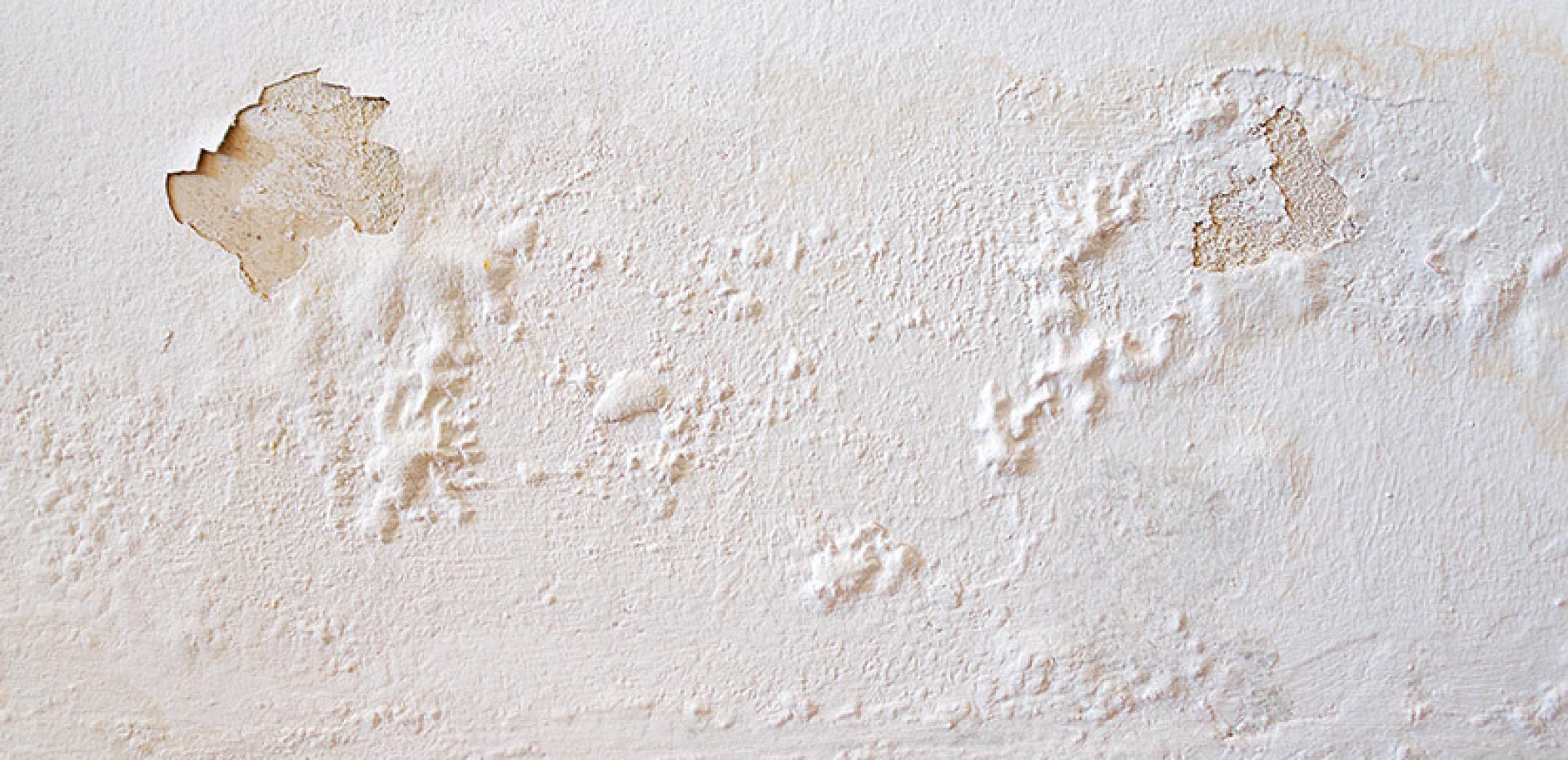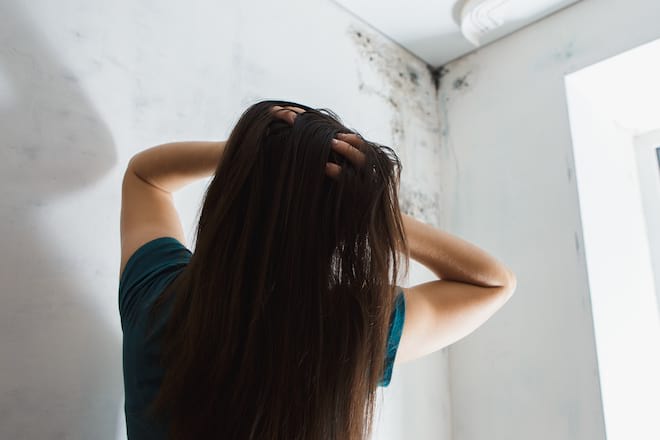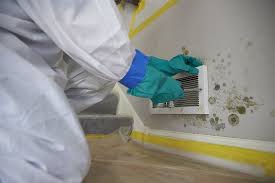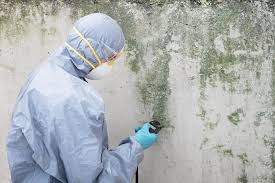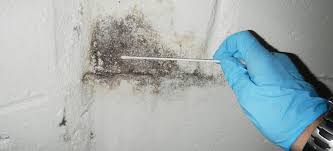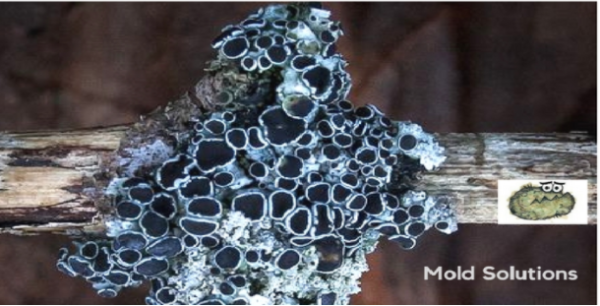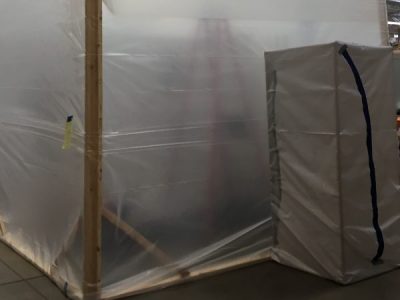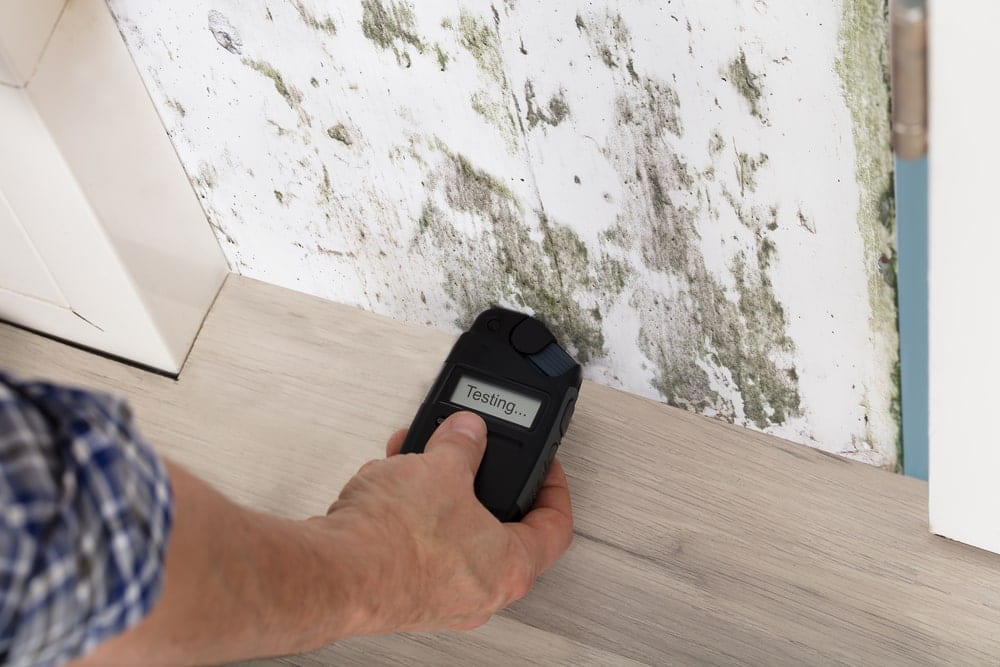Drinking Water Testing
Drinking water program helps protect the health and safety of the community by assuring safe and reliable drinking water. The drinking water program divides wells and water systems into 4 categories, each of which has different levels of oversight and different standards that they must meet. The different types of water systems are:
Individual wells that serve 1 residential dwelling unit (single family residence)
2-Party (or shared) wells that serve 2 residential dwelling units or 1 or 2 businesses serving less than 25 people and customers per day
Group B Community Water Systems which serve 3 to 14 residential dwelling units (single family residences)
Group A Community Water Systems which serve 15 or more connections or serve 25 or more people per day for 60 or more days per year
Individual Wells
The Health District defines individual wells as a well that serves 1 residential dwelling unit. A residential dwelling unit is a single family residence. These wells have the least amount of oversight and regulation. They are required to meet the well drilling standards in, WAC 173-360, but beyond that, they are the responsibility of the well owner to maintain and operate.
2-Party (or Shared) Wells
The Health District defines shared wells as a well that serves 2 residential dwelling units (2 houses, a duplex, a house and accessory apartment, etc.) or a well that serves a structure such as a business, club house, meeting hall, church, etc. that serves less than 25 people per day. The latter may also be in the shared well class if it serves more than 25 people per day as long as it is for less than 60 days per year.
An approval from the Health District is required for shared wells. This approval involves assessing the area within 100 feet of the well for potential sources of contamination, the well construction, some water testing (coliform and nitrate tests) and the requirement for a water user’s agreement and covenant
Group B Community Water Systems
Group B Community Water Systems serve 3 to 14 houses as long as the number of people living in those houses totals less than 25. If the system serves 25 or more people per day for fewer than 60 days per year, it is also classed as a Group B Community Water System. Group B Community Water Systems are regulated under, WAC 246-291. The Health District is responsible for regulating Group B Community Water Systems that have 3 to 9 connections. This includes approving new (or existing unapproved) Group B Water Systems, making sure appropriate follow-up is done when a Group B Community Water System has a bad monitoring sample, verifying that the system is currently in compliance with the regulations (usually for mortgage purposes), approving additional connections to an existing system, and other things.
Group A Community Water Systems
Group A Community Water Systems are systems the serve 25 or more people per day for 60 or more days per year or the system serves more than 1,000 people per day for 2 consecutive days.
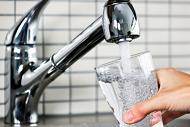
Water Testing
Citizens often ask if the City will test water from their home. Sometimes this is because people are concerned about lead. While lead has NEVER been detected in the water system, some homes may have leaded brass fixtures or copper pipes with lead solder. Sometimes citizens get their drinking water from their own private wells, and they are interested in having their water tested for nitrates, bacteria, or other contaminants
does not perform water testing for the general public. There are other ways you can get your water tested. A good resource is the County OSU Extension Service and their Water Testing Web Page. This page is focused on well water, but is also a good resource for water testing in general
If you choose to have your water tested for contaminants, make sure to use a certified laboratory. The Health Authority maintains a list of water testing laboratories that are certified to test drinking water and who will perform testing for the general public
Water quality testing
Water sampling wherever and whenever you need it
Regular water sampling by our water quality testing experts ensures your business remains up and running. It also helps you comply with applicable Health & Safety regulations for the region your vessel is located in.
Sampling services
Our sampling services include assessments of the chemical, microbiological and physical water condition as well as the identification of possible health risks signalled in the analisys reports.
Self-sampling kits
We have configured self-sampling test kits, which allow your crew to take samples themselves, limiting the amount of people coming on board. We provide you with clear instructions and arrange the samples to be analysed worldwide. Our team is ready to report you on the results asap. The current international health crisis is affecting yours and our normal operating business in a profound way. Although drinking water is considered safe from the corona virus, there are still important measures concerning drinking water hygiene we can support you with
Water quality consultants
the water quality testing teams consist of sampling technicians as well as consultants. Our water quality consultants can provide you with the best advise on water management plans and quality assessments as well as training options for all professionals responsible for water quality on board.
When should you contact us for water analysis?
Regulations require continuous testing of your water quality. Make sure you book a sampling session in due time, so you will meet these requirements and can do so at a convenient moment. In addition
Field Water Testing and Analysis Instruments
Field studies are necessary to modern study of the environment. Campaigns that focus on taking samples—whether of air, water, or soil—and analyzing those samples in one location provide tremendous benefits to our knowledge of the environment and of any changes that occur over time. To accomplish such studies, portability of instruments is key
Scientific instruments are typically not small. As the analytical capability of instruments improved from the 1960s onward, they became even less portable: most spectrometers—often several instruments in tandem, heavy and larger than a standard door frame—weren’t going anywhere outside the lab. But in the past 20 years the increase in complex fieldwork necessitated instruments that can travel outside the lab but still provide the same type of analytical power researchers are accustomed to in the lab.
The Ocean Optics device, developed in 1992, was the first miniature spectrometer the company developed. Today Ocean Optics has a wide range of miniature spectrometers that are smaller, more sensitive, and digitally capable. Owing to their portability they have been used in volcanos and on the Mir space station.
Similarly, the Millipore testing kit, dating back to the 1950s, has been used by not just scientists but individuals like municipal workers. Millipore has also led the charge to send its testing kits to parts of the globe affected by dramatic flooding so that aid workers, government employees, and citizens alike can test their water supply.
Savvy users of analytical instruments, including the atmospheric scientists interviewed by the Institute staff, continue to modify and develop better portable instrumentation.
Get Water Testing
Water from private wells is not monitored for quality by government agencies. Wells are directly linked to groundwater and they can become contaminated if agricultural chemicals, runoff from animal enclosures, fuels, household wastes, or other contaminants accidentally enter them. It is the responsibility of the homeowner who owns a private well to periodically test their well for contamination. Water testing helps ensure that your drinking water is safe.
Laboratory does not provide water collection services. Real estate agents, homeowners or buyers can collect and deliver the water sample using our water collection kit. In a real estate transaction it is the lender who determines what testing is required. Check with the lender if there are third party collection requirements.
Safe Drinking Water Act
The federal Safe Drinking Water Act doesn’t apply to private wells, only to public drinking water systems.
Individual well owners have primary responsibility for the safety of the water drawn from their wells.
